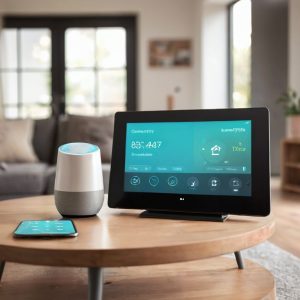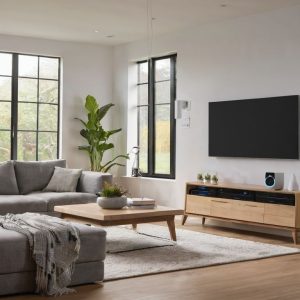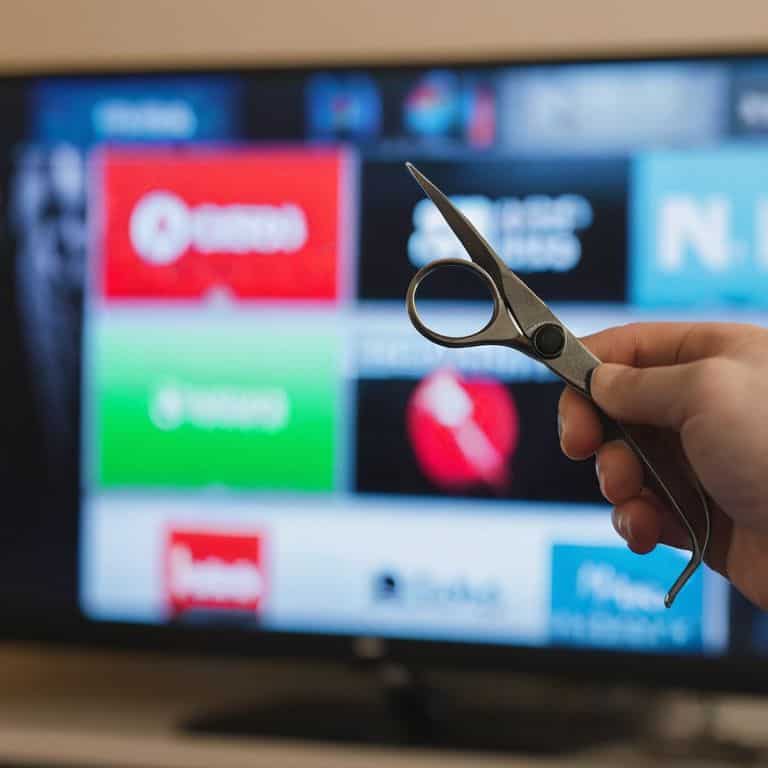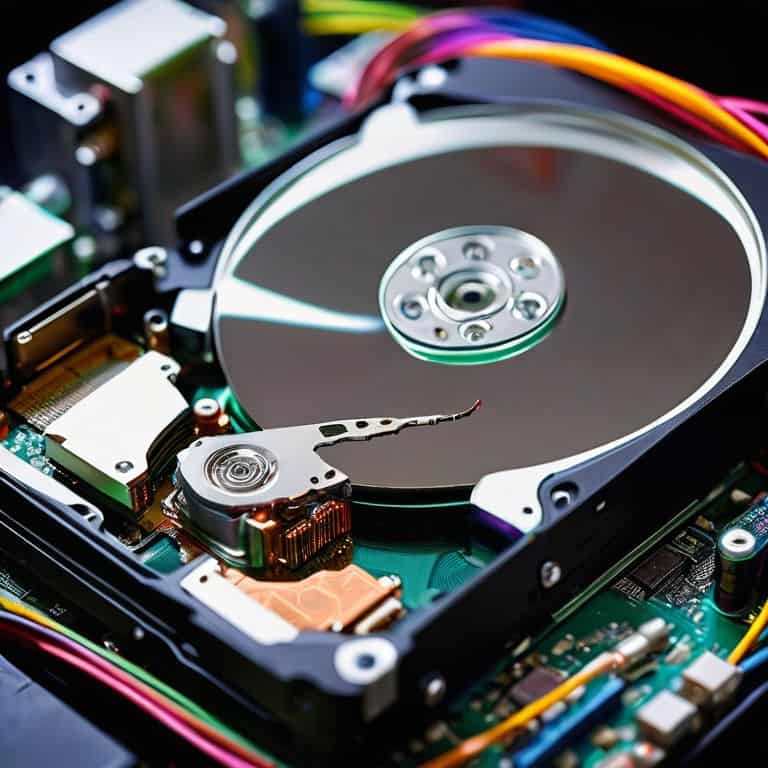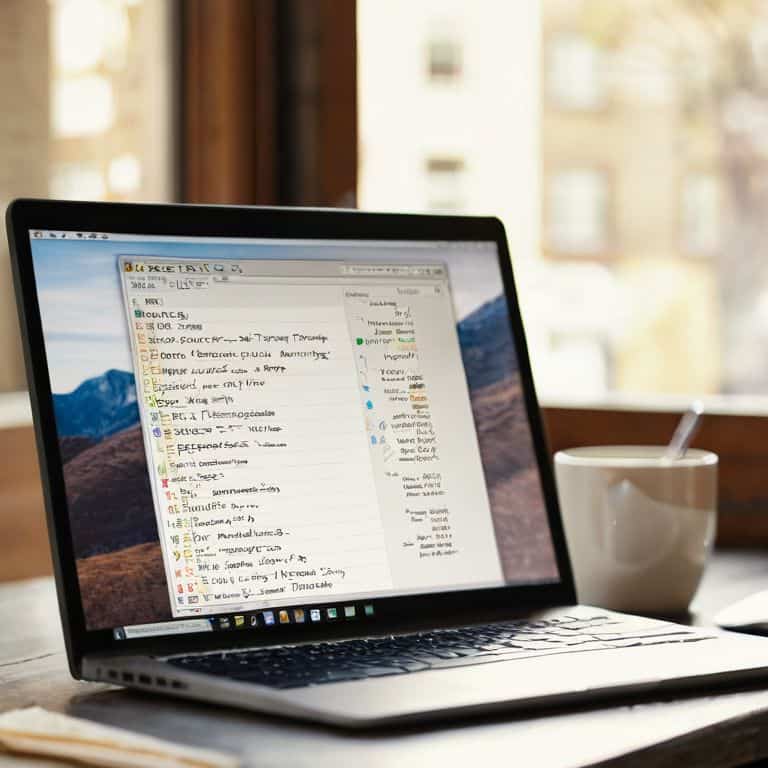I still remember the day I decided to cut the cord and switch to streaming – it was like a weight had been lifted off my shoulders. No more exorbitant cable bills or endless channel surfing. But I know that for many, the thought of ditching traditional TV can be daunting. You’ve probably heard the myth that streaming services are too complicated or that you’ll miss out on your favorite shows. Let me tell you, it’s just not true. With the right guidance, how to cut the cord and switch to streaming can be a breeze.
In this article, I’ll walk you through the simple, step-by-step process of making the switch. You’ll learn how to choose the right streaming devices, select the best services for your needs, and even how to troubleshoot common issues. My goal is to provide you with honest, no-hype advice that will make you feel confident and in control of your TV time. I’ll share my own experiences, tips, and tricks to ensure a seamless transition. By the end of this guide, you’ll be well on your way to enjoying your favorite shows and movies without the hassle and expense of traditional cable.
Table of Contents
Guide Overview: What You'll Need
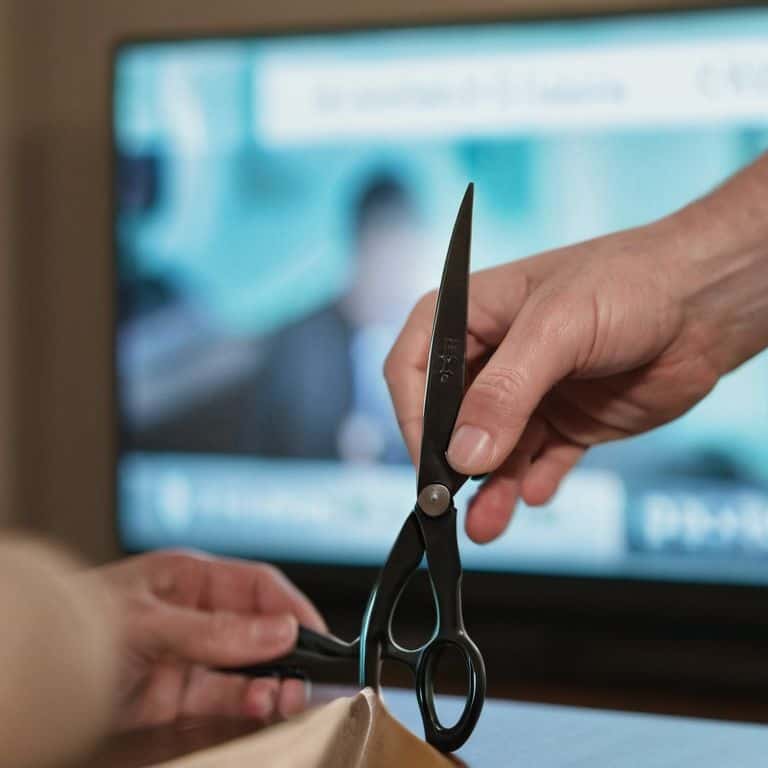
Total Time: 1 hour 30 minutes
Estimated Cost: $50 – $100
Difficulty Level: Easy
Tools Required
- Smart TV or Streaming Device such as Roku, Google Chromecast, or Amazon Fire TV
- Internet Connection with a speed of at least 25 megabits per second
- Streaming Services Subscriptions such as Netflix, Hulu, or Amazon Prime Video
Supplies & Materials
- HDMI Cables for connecting devices to your TV
- Power Strip for plugging in your devices
- Wireless Router for a stable internet connection
Step-by-Step Instructions
- 1. Don’t Panic! Let’s start by assessing your current TV setup. Take a look at your TV and see if it has any built-in streaming capabilities, such as smart TV features. If it does, great! You’re one step ahead. If not, don’t worry, we can still make this work.
- 2. Next, you’ll need to decide which streaming services you want to use. There are plenty of options out there, from Netflix and Hulu to Amazon Prime and Disney+. Make a list of the services you’re interested in, and we’ll go from there. Remember, you can always add or remove services later, so don’t feel like you need to make any permanent decisions just yet.
- 3. Now it’s time to think about your internet connection. Streaming requires a decent internet speed to work smoothly, so you’ll want to check your current internet plan to see if it’s up to the task. As a general rule, you’ll want at least 25 Mbps for HD streaming and 50 Mbps for 4K streaming. If your current plan isn’t quite cutting it, you may need to consider upgrading.
- 4. With your internet connection in mind, let’s talk about streaming devices. You’ve got a few options here, including devices like Roku, Google Chromecast, and Amazon Fire TV. Each device has its own strengths and weaknesses, so you’ll want to do some research to see which one is the best fit for you. I personally like to think of it like choosing the right car for a road trip – you want something that’s going to get you where you need to go, comfortably and efficiently.
- 5. Once you’ve chosen your streaming device, it’s time to set it up. This is usually a pretty straightforward process, but I’ll walk you through it step by step to make sure you don’t hit any roadblocks. First, you’ll need to connect your device to your TV using an HDMI cable. Then, you’ll need to follow the on-screen instructions to connect to your Wi-Fi network and set up your device.
- 6. With your device set up, it’s time to start adding streaming services. This is usually as simple as downloading an app and signing in with your account credentials. You may need to enter a code from the service’s website to activate the app, but that’s about it. Just remember to keep track of your usernames and passwords – you don’t want to get locked out of your accounts!
- 7. Finally, let’s talk about organizing your streaming services. With so many options out there, it can be easy to get overwhelmed. To avoid this, I recommend creating a simple channel guide to keep track of what’s available on each service. You can use a piece of paper, a spreadsheet, or even a note-taking app on your phone – whatever works best for you. Just take some time to think about how you want to organize your services, and you’ll be browsing like a pro in no time.
Cut Cord Simplify Tv

As you simplify your TV time, you’ll want to consider a few extra factors to make the most of your streaming experience. One key aspect is streaming services comparison, which can help you choose the best platforms for your viewing habits. By evaluating the different options, you can ensure you’re getting the most value for your money.
When it comes to accessing live content, live TV streaming options are worth exploring. Many services now offer live channels, sports, and news, making it easier to stay up-to-date with current events. Additionally, investing in one of the best antennas for streaming can help you receive local channels and improve your overall streaming experience.
To maximize your cutting the cord cost savings, take some time to review your streaming setup and device usage. You may find that you can streamline your devices or cancel unused services, resulting in even more savings. By following some simple streaming setup tutorials, you can optimize your setup and enjoy a seamless viewing experience.
Best Antennas for Live Tv
When it comes to live TV, a good antenna can be a game-changer. Think of it like a car’s radio antenna – it helps you tune into the signals you want. For live TV, you’ll want an antenna that can pick up over-the-air signals from local broadcasters. I recommend checking out options like the Mohu Leaf or the Winegard FlatWave. These antennas are designed to be easy to set up and can pick up a wide range of channels.
Don’t panic if you’re not sure which one to choose – just consider the size of your space and the types of channels you want to receive. Some antennas are better suited for smaller areas, while others can pick up signals from farther away. Take a look at the specs and reviews to find the best fit for you. With the right antenna, you can enjoy live TV without the hassle of cables or subscriptions.
Streaming Services Compared
When it comes to streaming services, think of them like different car models – each has its own unique features and benefits. You’ve got your Netflix, Hulu, Amazon Prime, and more, each offering a variety of content. To simplify, consider what you watch most: movies, TV shows, or original content.
I like to break it down into a simple checklist: What devices do you already own? What type of content do you want to watch? Are you looking for live TV or on-demand? By answering these questions, you can narrow down which service is best for you, making your TV time more enjoyable and streamlined.
5 Essential Tips for a Smooth Cord-Cutting Experience
- Don’t Panic! Start by assessing your current TV habits to determine which streaming services best fit your needs
- Choose the right devices: Consider investing in a streaming player like Roku, Chromecast, or Apple TV to make navigating streaming services a breeze
- Get familiar with streaming service interfaces: Take some time to explore the menus and features of your chosen services to ensure a seamless viewing experience
- Optimize your internet connection: Ensure your internet speed can handle the demands of streaming by running a quick speed test and considering an upgrade if necessary
- Keep it simple with a centralized streaming hub: Consider using a service like Plex or Kodi to organize all your streaming services in one convenient place
Key Takeaways to Simplify Your Transition
Don’t Panic! With a little planning, cutting the cord can be a breeze, and you can save money while still enjoying your favorite shows.
Streaming services like Netflix, Hulu, and Amazon Prime offer a wide range of content, but choosing the right one for you depends on your viewing habits and preferences – think of it like selecting the right fuel for your car.
By combining a reliable streaming device, a solid internet connection, and the right antenna for live TV, you can create a seamless viewing experience that’s tailored to your needs, making it easy to navigate and enjoy your new setup.
Cutting the Cord with Confidence
Switching to streaming isn’t about cutting ties with your favorite shows, it’s about cutting free from the clutter and cost of traditional TV – with the right guide, you can drive your entertainment experience like you own it!
David Fletcher
Cutting the Cord: A Journey to Streaming Freedom
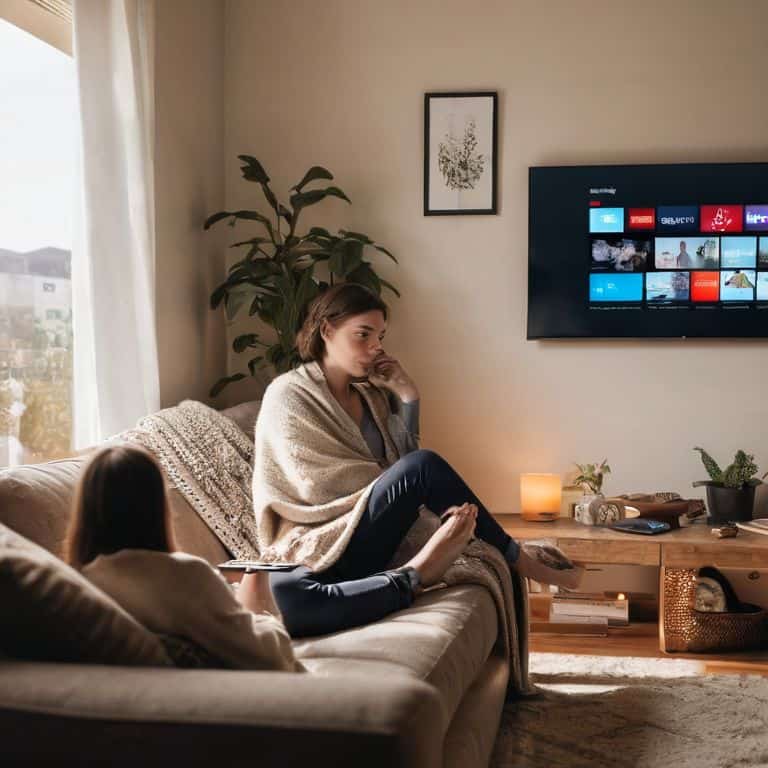
As we’ve navigated the process of cutting the cord and switching to streaming, it’s essential to remember that simplifying your TV time is all about finding what works best for you. We’ve compared various streaming services, explored the best antennas for live TV, and walked through the step-by-step guide to make your transition as smooth as possible. By taking control of your viewing experience, you’re not only saving money but also opening yourself up to a world of entertainment options that cater to your unique tastes. Don’t forget, it’s okay to take it one step at a time and experiment with different services until you find your perfect match.
As you embark on this new chapter in your entertainment journey, remember that the key to a successful transition is to stay curious and keep exploring. Don’t be afraid to try new things, and don’t hesitate to reach out if you need help along the way. With patience, persistence, and a willingness to learn, you’ll be enjoying your favorite shows and movies in no time, all while enjoying the freedom and flexibility that streaming has to offer. Congratulations on taking the first step towards a more personalized, cost-effective, and enjoyable TV experience!
Frequently Asked Questions
What equipment do I need to buy to get started with streaming?
Don’t Panic! To get started with streaming, you’ll need a few basics: a smart TV or a streaming device like a Roku, Chromecast, or Apple TV, and a stable internet connection. Think of it like tuning up your car – you need the right parts to hit the road!
How do I ensure a stable internet connection for smooth streaming?
Don’t Panic! For smooth streaming, ensure your internet connection is stable by checking your internet speed, which should be at least 25 Mbps for 4K streaming. Restart your router, and consider upgrading to a faster plan if needed. Think of it like filling up your car’s gas tank – you need enough fuel to get where you’re going, and in this case, that fuel is a strong internet connection.
Can I still watch live sports and news after cutting the cord?
Don’t Panic! You can still catch live sports and news without cable. Many streaming services, like Hulu and YouTube TV, offer live TV options, including sports and news channels. Additionally, you can use an antenna to pick up local channels for free, or subscribe to standalone services like ESPN+ or CBS All Access for specific sports coverage.
